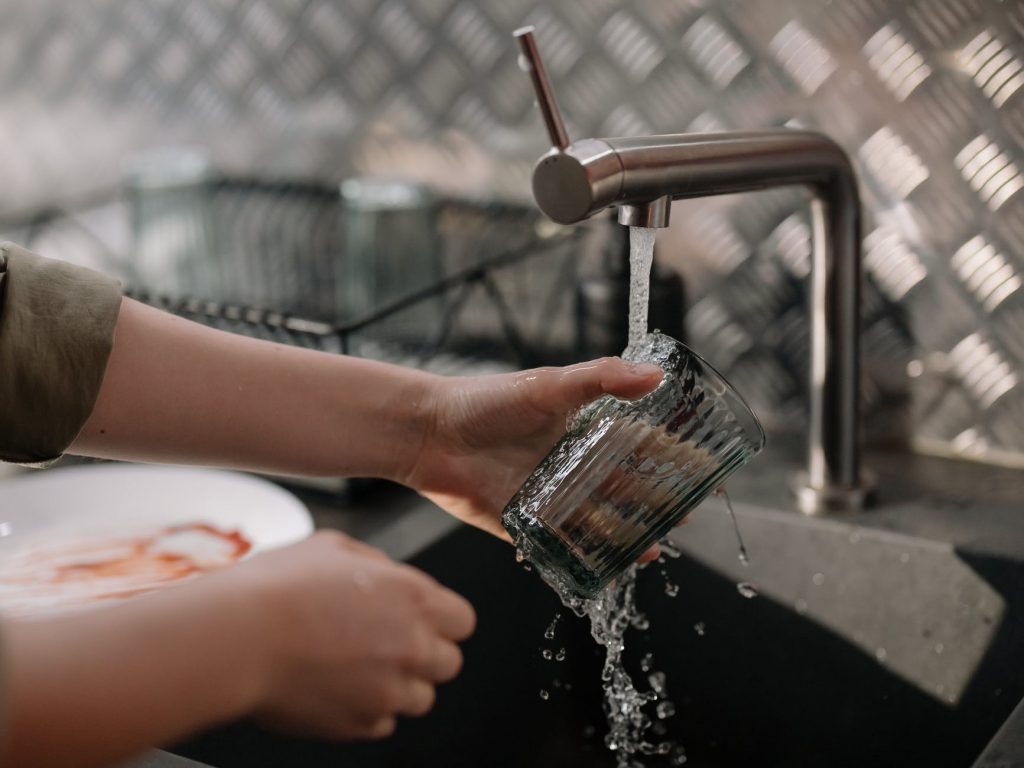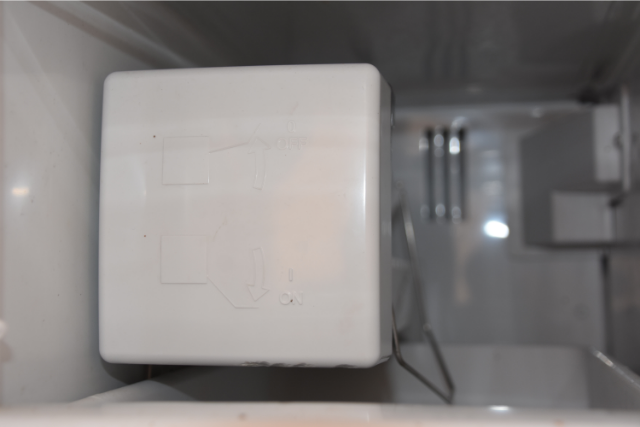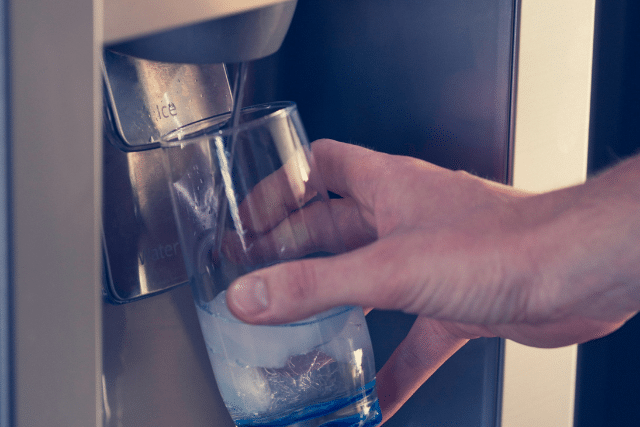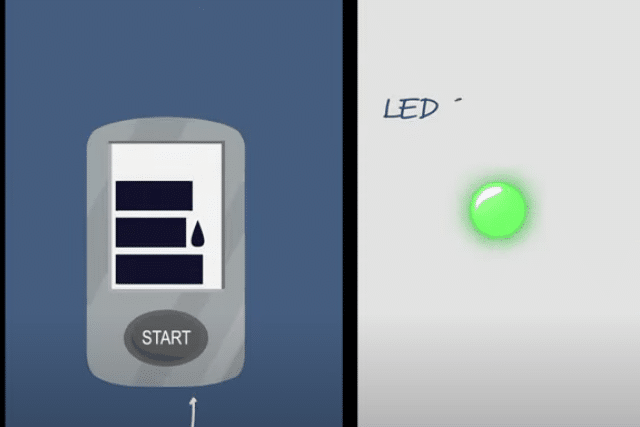How To Soften Hard Water Using a Water Softener
A water softener is a kind of filtration system found mostly in a home. It removes the hardness of water. A water softener addresses most of the prevalent kinds of devastating water problems such as hard water.
Hard water destroys appliances and other things. Without a water softener, laundry would become demanding, dishes will come out streaked and stained.
Using hard water can pose several threat to the body. And water becomes hard in regions where agricultural elements such as lime are used in large quantities. See how to soften hard water.

How To Soften Hard Water Using a Water Softener
Some people may feel itchy when they use hard water after bathing because of its high mineral content. Hard water, as opposed to soft water, reduces the ability of soap to lather.
With this hard water, there is a need to use water softeners to help reduce or remove the hardness of the water.
Water softeners remove calcium and magnesium ions from hard water because these are the major minerals causing water hardness.
READ: The Best Water Softener For Your Apartment
Why do you need a water softener?
If you leave in a rocky region, or a region with hard groundwater, then there is a need to use a water softener that is if your community’s local water utility is not already treating the water to reduce hardness.
Unless your water hardness level exceeds 7 parts per gallon or about 120 mg per liter, then you don’t need a water softener.
Water softeners come in several types:
- Salt-free: this water softener device uses a mechanical filter that removes calcium. However, it doesn’t remove magnesium because it doesn’t work well on very hard water.
- Reverse Osmosis: This device removes as much as 98% water impurities. Although it is quite expensive, but it has a water filter device that filters water through a semipermeable membrane. What this means is that, it has the capacity to remove other chemical impurities including magnesium.
- ion exchange: is the commonest type of water softener in homes. It works well and it has a good filter that removes calcium and magnesium ions thereby replacing them with sodium ions.
READ: What is the best water softener for well water
How do water softeners work?

They work through a process called ion exchange. This eliminates the calcium and magnesium from your water. When the water enters through a mineral tank, it flows through a bed of resin beads.
These beads are usually made from polystyrene and are charged with sodium ion. The resin beads are anions, meaning they have a negative charge.
The calcium and magnesium minerals have a positive negative charge and since opposite charges attract, the negative charge of these minerals is attracted to the positive charge of the resin beads.
Now as the water passes through the resin beads, the bead seizes the mineral ion, and the sodium ion is released.
The resin column strips every hardness out of the water as it passes through the mineral tank. Then the softened water flows into your home.
Read How to Bypass A Water Softener System
What is a water softener made of?
A water softener is made up of three components: a mineral tank, a control valve, and a brine tank.
These three important components, work in conjunction to remove the minerals from hard water, monitor the flow of water, and then clean the system through a regeneration process.
- Mineral tank
This tank is the chamber where the hard water is softened. Here, the water supply feeds the hard water into the tank, and then the water seeps through the resin beads. Then the water exists the tank softened, and flows through the pipes and out to your home.
- The control valve
The control valve is the device that measures the amount of water that passes through the mineral tank and into your house. The valve houses a meter, and this meter, tracks the volume of water entering the mineral tank.
This device is also known as the demand-initiated controller which allows the water softening units to be completely efficient.
- The brine tank
It helps the water softening system in the process of regeneration. It is the short tank that sits adjacent to the mineral tank. The brine tank holds a highly concentrated salt solution to restore resin beads to the positive charge of the resin beads.
Pros of water softener
- It removes the buildup of scale on dishes, appliances, and even pipes thus, lengthening their life span.
- Water that has been softened, allows soap and detergent to work well, creating a soapy feel.
- Softened water, creates a more comfortable feeling on the skin of people instead of being itchy.
Cons of water softener
- Virtually removes all the sodium and magnesium from water which for some people, requires these minerals as a dietary supplement.
- Salt must periodically be added to the brine tank and the device needs to be periodically serviced.
- It adds notable but minute health risk for people on low-sodium diets.
- Soft water also contains a small amount of sodium, which can cause problems with septic systems.
Conclusion
Finally, how do you know my water softener is working? Now that you have your water softener fixed, how do you know it is working?
- Check, using the water hardness test kit
- Observe the water lathering. If your water lathers while you wash, then your water softener is working.
- If there is a change in the quality of water taste, then the softener may need to be cleaned and refilled with new salt because the soft water has a mild salty water taste.
- There will also be a change in the water pressure.






